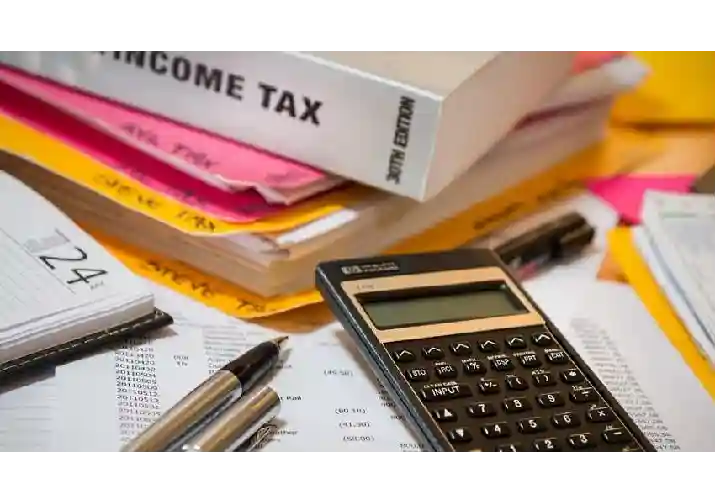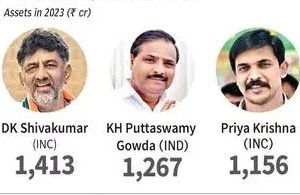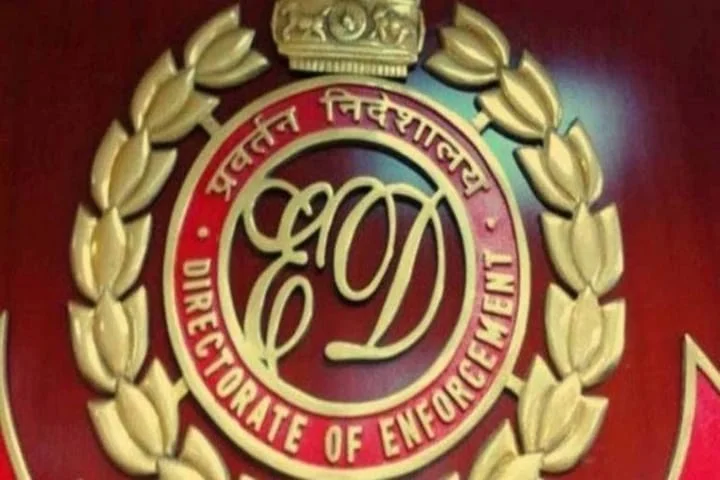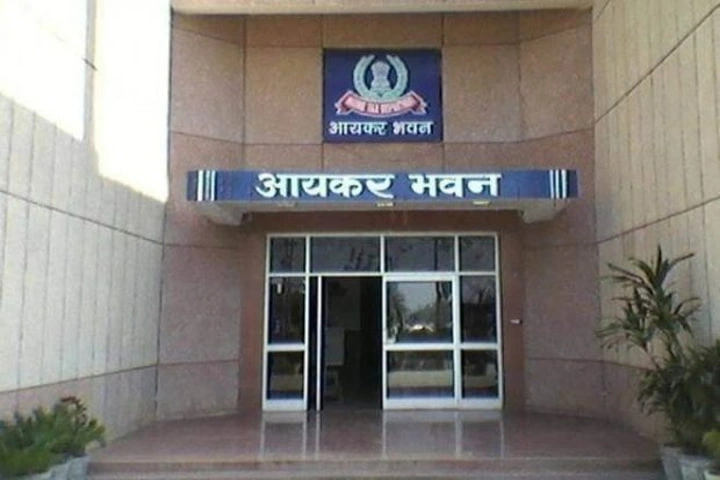New Delhi: The Income Tax Department has selected 68,000 high-value transaction cases for e-verification pertaining to the financial year 2019-2020 on a pilot basis.
Within six months, it has disposed of 35,000 cases, said Central Board of Direct Taxes Chairman Nitin Gupta.
Gupta said that the I-T department had taken several progressive steps to encourage voluntary tax compliance and facilitate a transparent and non-intrusive tax administration. One such major initiative is the e-Verification Scheme, 2021, which was notified on December 13, 2021. The chairman said that the scheme provided an opportunity for taxpayers to accept the mismatch of information vis-a-vis the original income tax return (ITR) filed and it was found that many taxpayers have filed updated ITRs.
According to the department, the scheme is getting very encouraging responses as 15 lakh updated returns have been filed so far and the department has got revenue of Rs 1,250 crore from updated returns. This also includes cases of e-verification where the assessee has filed updated return after e-verification.
The e-verification scheme aims to share and verify such financial transaction with the taxpayer that appears to be either unreported or under-reported in the ITR filed by the taxpayer.
The department has been collecting information on financial transactions from multiple sources. Earlier, a part of it was shared with taxpayers in the 26AS statement. However, with a view to effectively utilise the data collected from various sources, the entire information is now displayed to the taxpayer through the Annual Information Statement (AIS).
The AIS provides a facility for the taxpayer to object to any information if the source has reported any such information. The department confirms the said information with the source and if the source states that there is no error, the said information is subjected to risk assessment for e-verification.
The entire process of e-verification is digital, with notices issued electronically and responses by the taxpayers also submitted electronically. On the completion of the enquiry, a verification report is prepared electronically without any physical interface with the taxpayer.
The scheme is extremely beneficial to taxpayers as it enables them to explain the financial transaction with evidence. It also helps in data correction and thereby prevents the initiation of proceedings on misreported information.
It provides an opportunity to correct updated income that may not have been appropriately reported in ITR filed by taxpayers. It nudges taxpayers towards voluntary compliance by providing an opportunity to the taxpayer to update the return of income tax under Section 139 (8A) of the Income Tax Act, 1961.



















